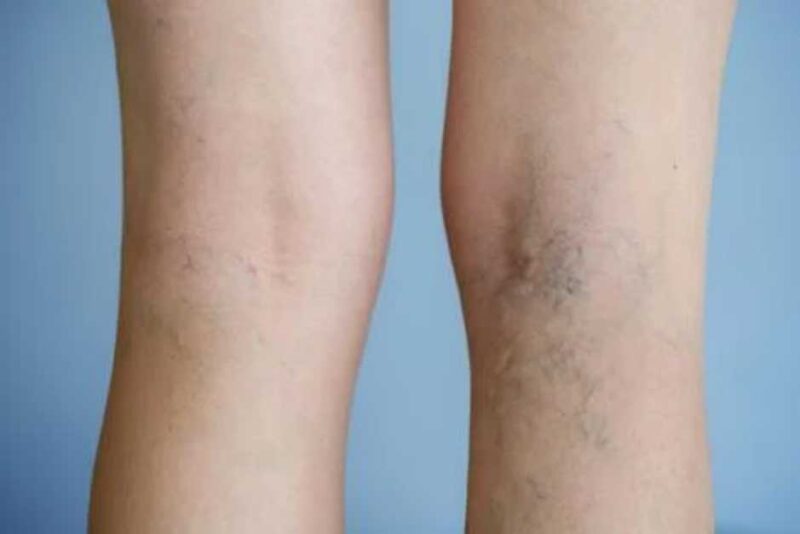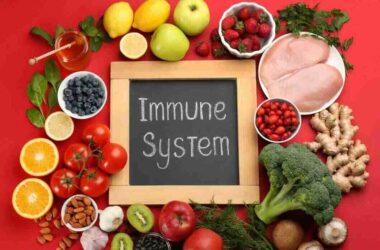Varicose veins aren’t just a cosmetic concern—they can lead to uncomfortable symptoms like swelling, pain, and a feeling of heaviness in the legs. If you’re struggling with varicose veins, you’re not alone.
Many people seek ways to get rid of varicose veins and find relief from the associated discomfort. Fortunately, there are several effective methods to treat and even eliminate these veins, ranging from natural remedies to advanced medical treatments. Let’s explore your options.
What Are Varicose Veins, and Why Do They Develop?
Before delving into how to get rid of varicose veins, it’s important to understand what they are. Varicose veins are swollen, twisted blood vessels that usually appear on the legs. They occur when the valves inside the veins become weak or damaged, causing blood to pool in the veins and making them visible. These veins often appear blue or purple and can be unsightly, but they can also cause discomfort or more severe health issues, such as ulcers or blood clots.
How Lifestyle Changes Can Help You Get Rid of Varicose Veins
The first step in dealing with varicose veins is to adopt a healthy lifestyle. Making certain changes to your habits can prevent further vein damage and may help you get rid of varicose veins or at least alleviate symptoms. Here are some actionable tips:
1. Exercise Regularly to Boost Circulation
Exercise is one of the most effective ways to promote better blood circulation and strengthen the veins. Activities like walking, swimming, and cycling help improve circulation and prevent blood from pooling in the veins. These exercises are low-impact but can have a significant impact on vein health. Aim for at least 30 minutes of exercise most days of the week.
2. Elevate Your Legs
If you’re prone to varicose veins, elevate your legs whenever possible. Lying down with your legs raised above your heart helps blood circulate more effectively, reducing pressure on your veins. You can do this while resting or watching TV. This simple practice can help prevent your veins from becoming more prominent.
3. Maintain a Healthy Weight
Excess weight can place unnecessary strain on your legs and veins, increasing the likelihood of developing varicose veins. By maintaining a healthy weight, you reduce the pressure on your veins, allowing blood to flow more freely. A balanced diet that’s rich in fiber and low in sodium can also help manage weight and reduce swelling.
4. Avoid Prolonged Sitting or Standing
If your job requires you to stand or sit for long periods, be sure to take breaks every 30 minutes. Walk around or stretch your legs to improve circulation. For those who sit for long hours, consider using a footrest to elevate your feet slightly, which can alleviate pressure on your veins.
Natural Remedies to Get Rid of Varicose Veins
In addition to lifestyle changes, some natural remedies may help reduce the appearance and discomfort of varicose veins. While these treatments are unlikely to fully eliminate varicose veins, they can provide relief and improve the condition.
1. Apple Cider Vinegar
Apple cider vinegar is often praised for its ability to improve circulation. When applied topically to the affected area, it may reduce swelling and help blood flow more easily. To use it, soak a cotton ball in apple cider vinegar and apply it directly to the veins. Gently massage it in a circular motion, leaving it on for 20-30 minutes.
2. Horse Chestnut Extract
Horse chestnut is a herbal remedy commonly used for treating varicose veins. It contains a compound called aescin, which strengthens blood vessels and improves circulation. Horse chestnut extract can be taken orally in supplement form or applied topically as a cream. However, always consult with a healthcare provider before starting any new supplement.
3. Witch Hazel
Witch hazel is known for its anti-inflammatory properties and can help soothe swollen veins. Apply witch hazel directly to the affected area using a cotton ball or cloth. It may help reduce discomfort and improve the appearance of varicose veins by decreasing inflammation.
4. Essential Oils
Some essential oils, like lavender, peppermint, and rosemary, are believed to improve circulation and reduce swelling. When diluted with a carrier oil, such as coconut or olive oil, they can be massaged onto the legs. This can help alleviate symptoms and support vein health.
Medical Treatments to Get Rid of Varicose Veins
If your varicose veins are severe or causing significant discomfort, you may need to explore medical treatments to get rid of varicose veins effectively. Here are some of the most common treatments:
1. Sclerotherapy
Sclerotherapy is one of the most common treatments for varicose veins. During this procedure, a doctor injects a special solution directly into the vein, causing it to collapse and fade away over time. It is effective for small to medium-sized varicose veins and requires no downtime. Most people can return to normal activities within a day or two.
2. Laser Treatment
Laser therapy uses focused light to treat varicose veins without the need for incisions. This non-invasive procedure works by sealing off the affected veins, causing them to disappear. Laser treatment is generally well-tolerated, with minimal discomfort and no recovery time needed.
3. Endovenous Laser Ablation (EVLA)
Endovenous laser ablation (EVLA) is an advanced form of laser treatment for larger veins. This procedure uses laser energy to close the affected veins from the inside. It is typically recommended for more severe varicose veins and is done under local anesthesia. EVLA has a high success rate and minimal recovery time.
4. Vein Stripping
Vein stripping is a more invasive surgery typically used for larger varicose veins. During this procedure, a surgeon removes the affected veins through small incisions in the skin. While it requires a longer recovery time, vein stripping can provide long-lasting results.
5. Ambulatory Phlebectomy
This procedure involves making tiny incisions in the skin and removing varicose veins using a small hook. It is effective for larger veins that can be easily removed and typically requires only local anesthesia. The recovery time is minimal, and patients can resume normal activities within a few days.








